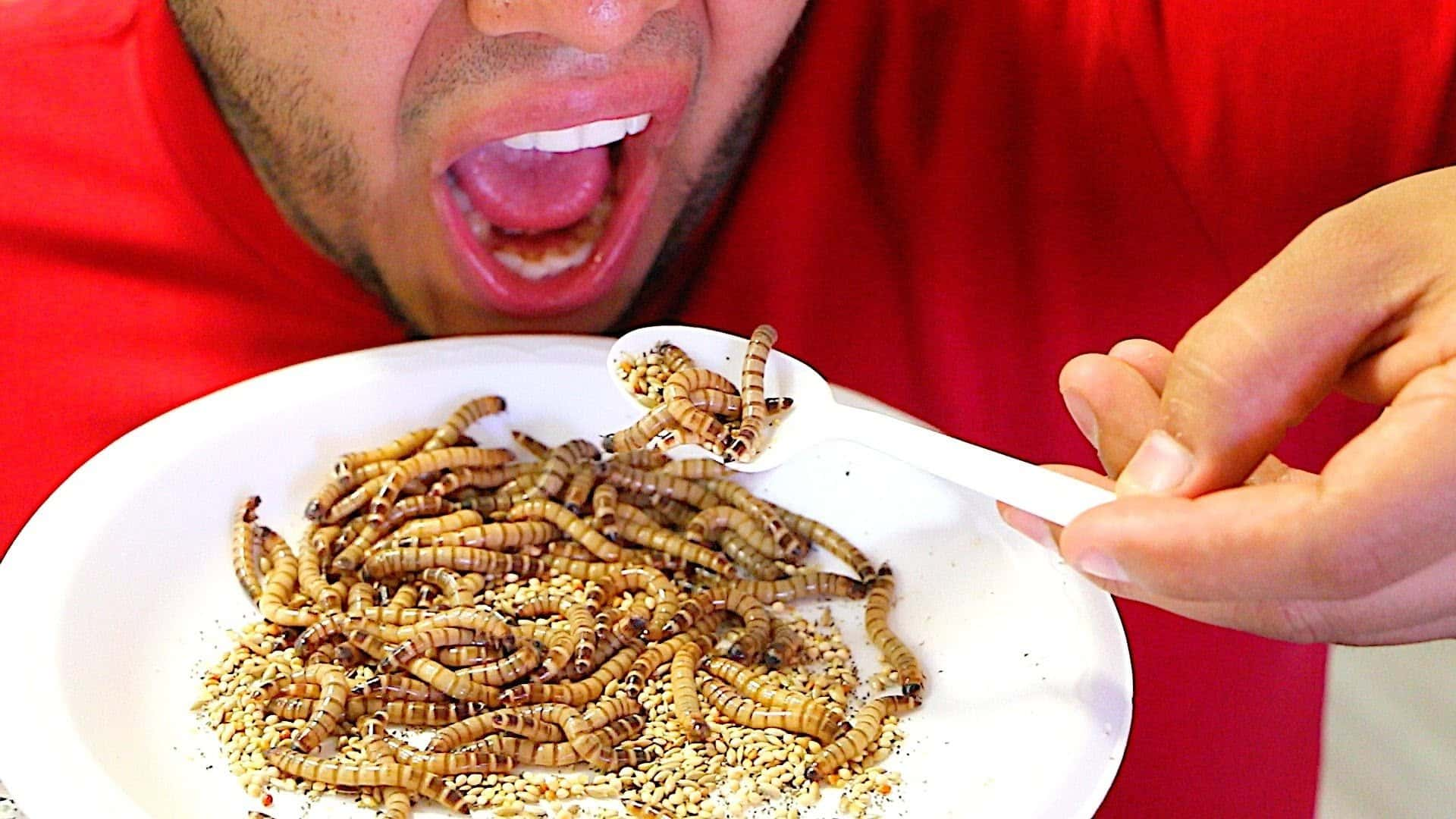

Reaction flavours, sometimes called process flavours, are produced when proteins and sugars are heated together and interact, for instance, through Maillard, Strecker and caramelisation reactions and fatty acid oxidation, says Cho. According to Seo, the flavours compounds from roasting and frying included pyrazines, alcohols and aldehydes, and were similar to the compounds formed when meat and seafood are cooked.īased on these results, the team expected that additional reaction flavours could be produced from the protein-rich mealworms if they were heated with sugar. Steamed mealworms developed even stronger sweetcorn-like aromas, whereas roasted and deep-fried versions had shrimp-like and fried oil-like attributes. Then Hojun Seo, a graduate student on Cho’s team, compared the flavours that developed as larvae were cooked with different methods. For example, raw larvae had wet soil-like, shrimp-like and sweetcorn-like aromas. While there were some differences in the individual compounds, all of the stages primarily contained volatile hydrocarbons, which evaporate and give off scents. They compared mealworm aromas throughout its lifecycle, from egg to larva to pupa to adult.

The research team’s first step was to understand this insect’s flavour profile. Cho says that to get more people to regularly eat mealworms, a sneakier approach might be in order - hiding insects in the form of seasonings inside easy-to-cook and other convenience products. Although some companies are trying to change people’s minds by selling cooked whole mealworms as crunchy, salty snacks, consumer acceptance is not widespread. In many parts of the world, eating insects isn’t common, and people can be squeamish about consuming them. “Insects are a nutritious and healthy food source with high amounts of fatty acids, vitamins, minerals, fibre and high-quality protein, which is like that of meat,” said Cho, whose team is based at Wonkwang University (South Korea).īut mealworms suffer from an image problem, she says. So, more sustainable sources of protein are needed. In addition, cows are a substantial contributor to climate change, releasing copious amounts of methane in their burps. Feeding them all with animal meat - especially cows, pigs and sheep - will require larger amounts of food, water and land resources.

The global population is expected to reach 9.7 billion people by 2050 and nearly 11 billion by 2100, according to the United Nations. Insect-based food gets green light as EFSA approves mealworms


 0 kommentar(er)
0 kommentar(er)
